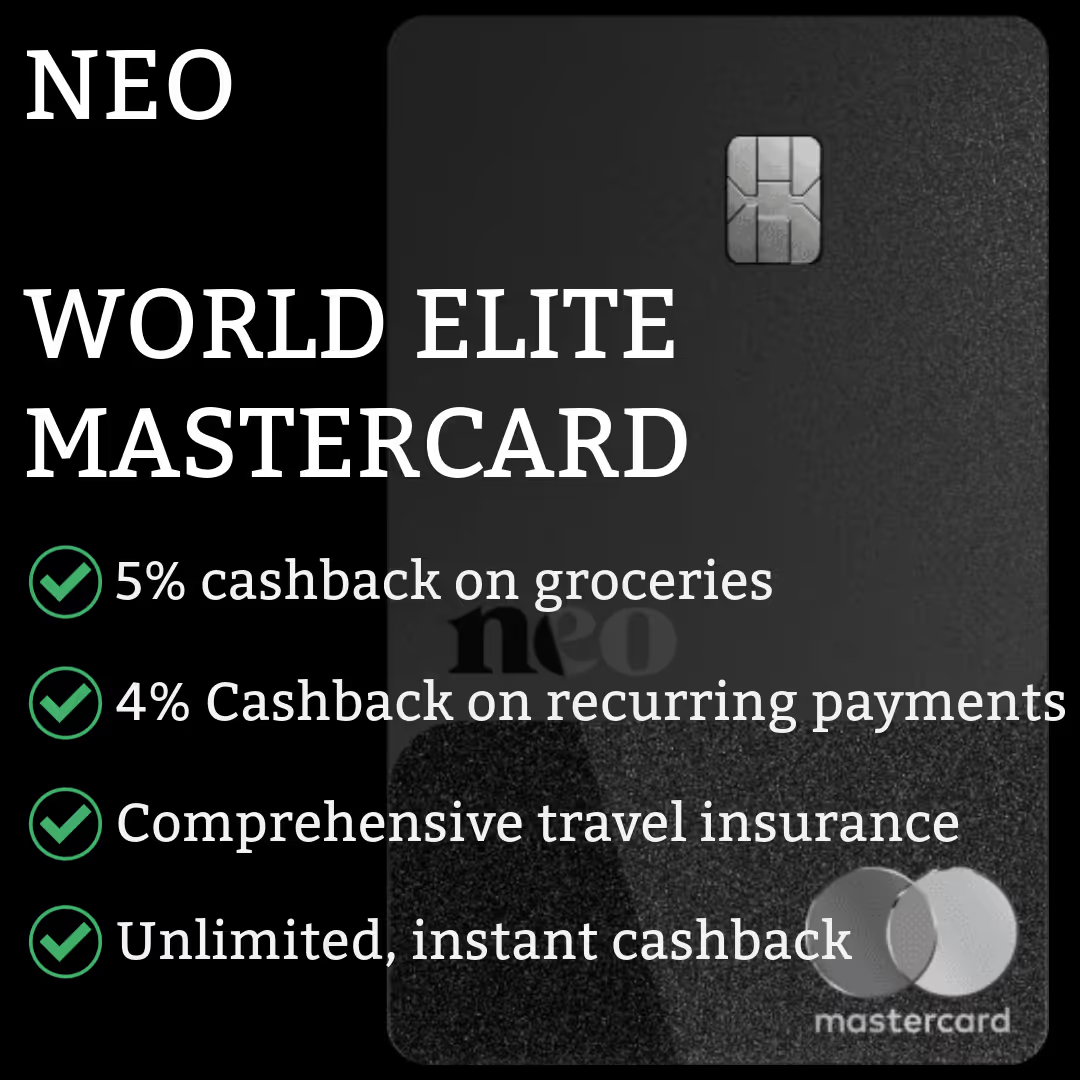Whether your business is on the side, or your business is the source of all your income, here are some tips to retire comfortably.
If you are self-employed, you most like understand that with the freedom to make your own decisions, work hours, prices and how to run the business, comes unpredictable cash flow. Because of this, it can make saving for your retirement a huge challenge because you don't know how much money to put away each month.

Statistics Canada show that the average retirement age for a Self Employed person is age 68 while most others is 65. This is an extra 4 working years that could be used for something else more enjoyable.
It can be said that maybe these individuals loved what they do so they worked longer. That may be the case for some but not the majority.
Here are the tips of saving well for retirement if you are self-employed.
1. Stick to what you’re good
This means stick to running your business but find other needed professionals to add to your team. Professionals you'll need are a good accountant, lawyer, and financial advisor. You should know that a business banking advisor isn't your financial advisor. The banking advisor knows the banking products well but may not be equipped to advise you on an investment strategy for you and your family. Be sure to know the difference.
You should commit to meeting and reviewing your financial situation and plan with them on a regular basis. It’s fine if things haven’t changed for you personally, but do you know about the recent capital gains tax? What about the Income Tax Act? There have also been changes to the Canadian Pension Plan and eligibility for Old Age Security. Do you follow the markets close enough to know how your investments are doing and what is predicted? How does this affect your current plan?
2. Pay yourself first
Be sure to pay yourself first. Let go of employees first before you lose your house.
It’s easy when you’re self-employed to want to look after everyone else but don't let that get out of hand.
Set up automatic deposits to a high interest savings account that you use as an emergency fund account. Once you've reached your emergency fund amount, start to contribute to a RRSP.
Also, deposit money into your RRSP when you get some extra cash and build out an investment portfolio.
All these things will put you on a path toward a comfortable retirement.
3. Have both a RRSP and TFSA
Every self-employed person should have both a RRSP and TFSA. This is because a TFSA can grow and withdraws can be taken tax free. You can use this as an emergency fund and use it in slower months.
However, you should know that you can’t deduct TFSA contributions on your tax return.
Here is the rule of deciding when to contribute to a RRSP or TFSA.
If you make $45,000 a year or less, you should utilize a TFSA.
If your income is over $45,000, you may be better served by a combination of both a RRSP and TFSA.
Once you’re into six figures, you want to be maximizing your RRSP contribution.
4. CPP while working
Remember you can begin taking CPP as early as age 60 with a reduced benefit. Or as late as 70, with an increased benefit.
You don’t have to stop working to start collecting CPP. But there are a couple of things you need to keep in mind.
If you do decide to take CPP while working, remember that CPP is a taxable income. You should consult an Accountant to estimate what your tax bill will be because this additional income may push you into a higher tax bracket.
Even though you may pay taxes on CPP, you may save more on interest payable debts.
5. Get the right insurance
Insurance is critical for self-employed Canadians since they don’t get coverage through an employer. Consider personal health insurance for benefits like eyeglasses, dental care and prescription drugs. can replace part of your income if you lose your ability to work.
What’s the bottom line?
Keep working if you love what you do, but always have a plan.









